“Global Data Center Virtualization Market to reach a market value of USD 29.00 Billion by 2032 growing at a CAGR of 16.1%”
The Global Data Center Virtualization Market size is expected to reach $29.00 billion by 2032, rising at a market growth of 16.1% CAGR during the forecast period.
Server virtualization enables businesses to run multiple virtual machines on a single physical server, increasing resource utilization and reducing hardware expenses. The rising adoption of cloud computing, software-defined data centers (SDDC), and enterprise digital transformation initiatives has fuelled demand for server virtualization. Thus, the server segment acquired 34% revenue share in the market in 2024. Additionally, advancements in hypervisors and containerization technologies have further driven growth in this segment.
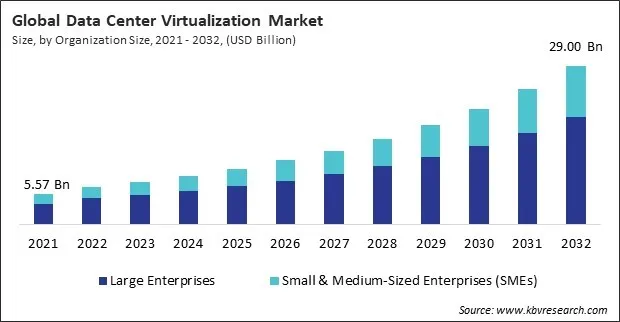
The major strategies followed by the market participants are Partnerships as the key developmental strategy to keep pace with the changing demands of end users. For instance, In 2025, March, Citrix Systems, Inc. teamed up with NVIDIA, a computer manufacturer corporation to offer AI virtual workstations built on NVIDIA Virtual GPUs. This collaboration enables enterprises to securely and cost-effectively develop, prototype, and deliver AI applications within their existing infrastructure, leveraging Citrix DaaS for enhanced security and reduced costs, especially for regulated industries. Additionally, In February, 2025, AT&T, Inc. announced the partnership with Nokia, a telecommunications company to enhance its voice carriage and 5G network automation. This deal focuses on integrating AI and machine learning capabilities into AT&T's network, reinforcing the longstanding relationship between the two companies.
Based on the Analysis presented in the KBV Cardinal matrix; Microsoft Corporation is the forerunner in the Data Center Virtualization Market. Companies such as Huawei Technologies Co., Ltd., AT&T, Inc., and Cisco Systems, Inc. are some of the key innovators in Data Center Virtualization Market. In September, 2024, Microsoft Corporation announced the partnership with BlackRock, Global Infrastructure Partners, and MGX to establish the Global AI Infrastructure Investment Partnership. This initiative aims to invest in data centers and energy infrastructure to support the growing demands of artificial intelligence technologies.
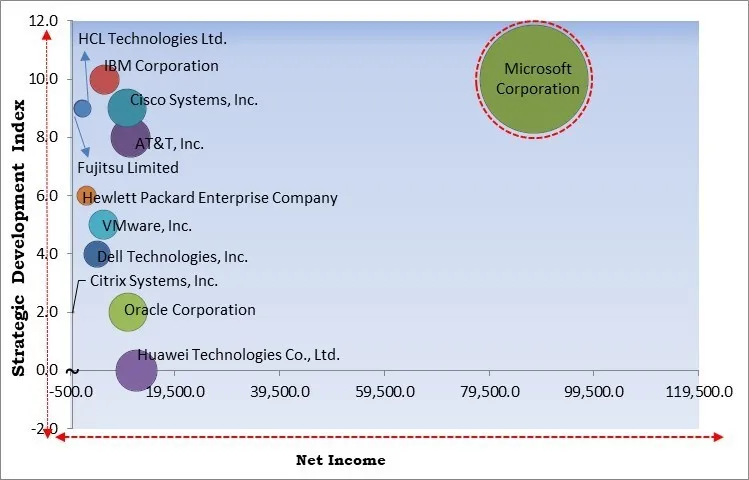
As organizations continue to face increased pressure to optimize their IT infrastructure, data center virtualization has emerged as a powerful tool for improving operational efficiency. Virtualization allows companies to consolidate their servers, reducing the need for physical hardware and maximizing resource utilization. This leads to significant savings in capital expenditure (CapEx) and operational expenditure (OpEx). Thus, the rising demand for efficient IT infrastructure and cost-reduction strategies propels the market's growth.
Additionally, virtual Desktop Infrastructure (VDI) has become a significant driver of data center virtualization, especially in the growing remote work trend. VDI allows companies to host desktop environments on centralized servers rather than relying on individual PCs or workstations, enabling employees to access their work desktops from virtually anywhere with an internet connection. In conclusion, the increased adoption of virtual desktop infrastructure (VDI) and remote work solutions is propelling the growth of the market.
Despite the long-term cost savings that data center virtualization can offer, the initial investment required for its implementation can be a significant barrier for many organizations. Virtualization technologies often require specialized hardware, software licenses, and skilled personnel to deploy and manage the infrastructure. This can result in high upfront costs, especially for small and medium-sized enterprises (SMEs) with limited IT investment budgets. In conclusion, high initial investment and implementation costs associated with virtualization technologies impede the market's growth.
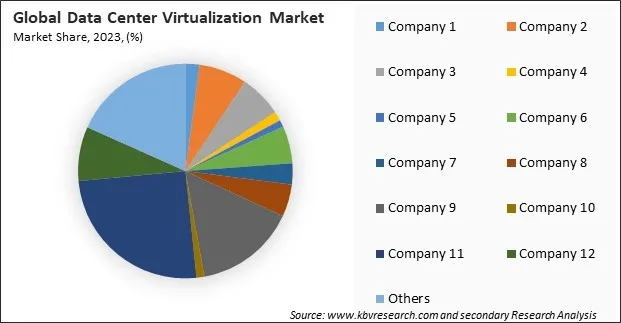
The leading players in the market are competing with diverse innovative offerings to remain competitive in the market. The above illustration shows the percentage of revenue shared by some of the leading companies in the market. The leading players of the market are adopting various strategies in order to cater demand coming from the different industries. The key developmental strategies in the market are Partnerships, Collaborations & Agreements.
Free Valuable Insights: Global Data Center Virtualization Market size to reach USD 29.00 Billion by 2032
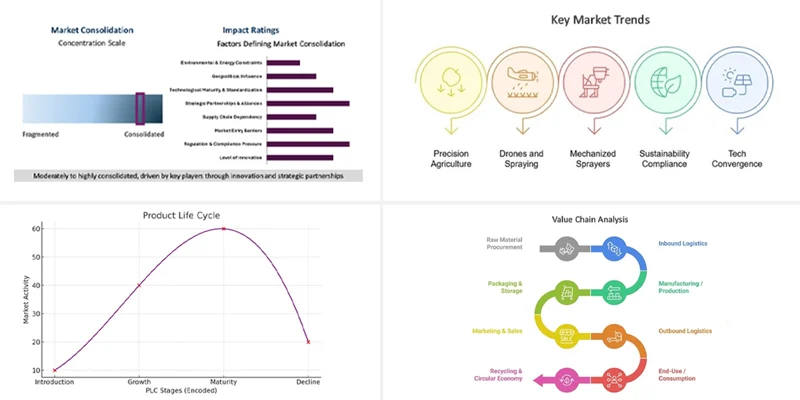
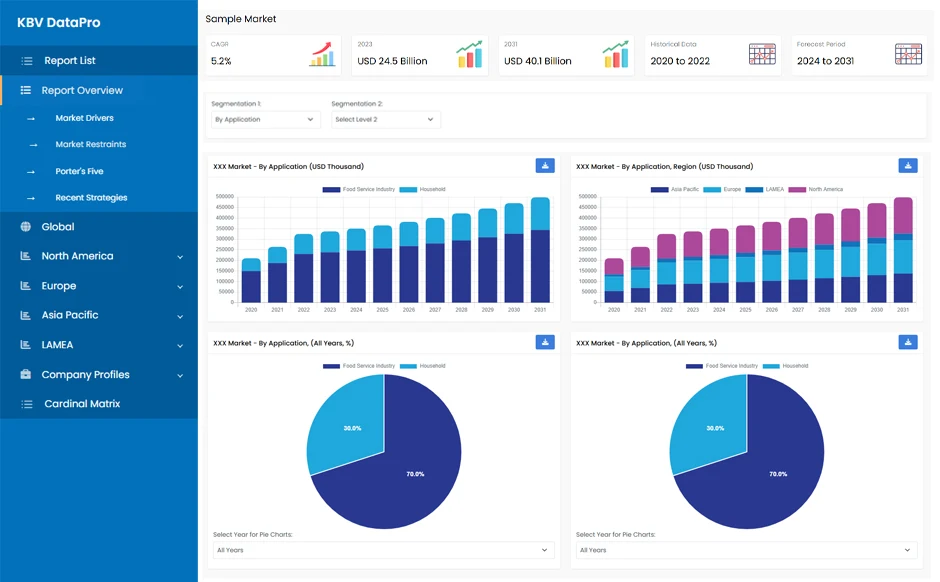
Based on component, the market is characterized into services and software. The services segment garnered 22% revenue share in the market in 2024. As organizations adopt virtualization technologies, the demand for consulting, integration, and maintenance services has risen considerably. Businesses rely on managed services and professional expertise to ensure seamless deployment, security, and ongoing management of virtualized data centers.
The services segment is further subdivided into advisory & implementation services, optimization services, managed services, and technical support services. The optimization services segment procured 14% revenue share in the market in 2024. As organizations increasingly virtualize their data centers, the demand for optimization services has grown to ensure maximum resource utilization, cost efficiency, and system performance.
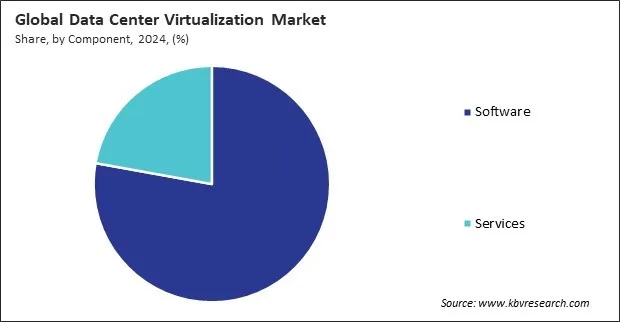
On the basis of type, the market is classified into server, storage, network, desktop, application, and others. The storage segment held 13% revenue share in the market in 2024. The growing need for scalable and cost-efficient storage solutions has driven demand for storage virtualization. Organizations are leveraging virtualized storage systems to enhance data accessibility, optimize performance, and reduce dependency on traditional hardware-based storage.
By organization size, the market is divided into small and medium-sized enterprises (SMEs) and large enterprises. The small and medium-sized enterprises (SMEs) segment garnered 31% revenue share in the market in 2024. SMEs increasingly adopt virtualization solutions to streamline IT operations, reduce hardware dependency, and improve cost efficiency. The rise of cloud computing, affordable virtualization software, and managed services has made it easier for SMEs to implement and benefit from data center virtualization.
Based on end-use, the market is segmented into BFSI, IT & telecommunication, manufacturing & automotive, government, healthcare, education, retail & SCM, media & entertainment, and others. The education segment held 8% share in the market in 2023. With the rise of digital learning platforms, cloud-based education solutions, and remote learning initiatives, educational institutions are investing in virtualization technologies.
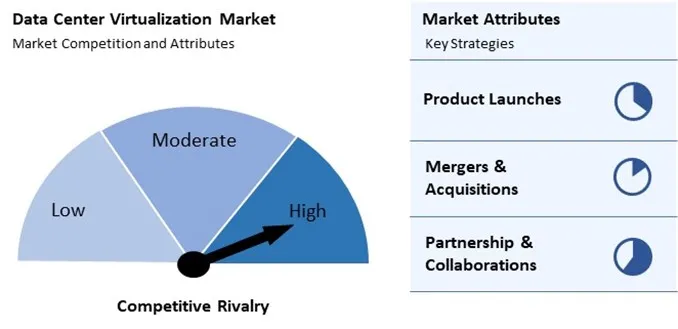
The Data Center Virtualization Market is highly competitive, driven by increasing demand for cost efficiency, scalability, and streamlined IT operations. Vendors focus on offering innovative virtualization solutions that enhance resource utilization and support hybrid and multi-cloud environments. The market sees strong participation from global and regional players aiming to differentiate through advanced automation, security features, and integrated management platforms. Strategic partnerships, R&D investments, and cloud-native capabilities further intensify the competition, as businesses prioritize agility, reduced downtime, and optimized infrastructure performance.
Region-wise, the market is analyzed across North America, Europe, Asia Pacific, and LAMEA. The Europe segment witnessed 31% revenue share in the market in 2024. European countries increasingly adopt virtualization technologies to enhance data security, comply with stringent regulatory requirements, and improve IT efficiency.
| Report Attribute | Details |
|---|---|
| Market size value in 2024 | USD 8.93 Billion |
| Market size forecast in 2032 | USD 29.00 Billion |
| Base Year | 2024 |
| Historical Period | 2021 to 2023 |
| Forecast Period | 2025 to 2032 |
| Revenue Growth Rate | CAGR of 16.1% from 2025 to 2032 |
| Number of Pages | 425 |
| Number of Tables | 595 |
| Report coverage | Market Trends, Revenue Estimation and Forecast, Segmentation Analysis, Regional and Country Breakdown, Competitive Landscape, Market Share Analysis, Porter’s 5 Forces Analysis, Company Profiling, Companies Strategic Developments, SWOT Analysis, Winning Imperatives |
| Segments covered | Component, Organization Size, Type, End-use, Region |
| Country scope |
|
| Companies Included | AT&T, Inc., Cisco Systems, Inc., Dell Technologies, Inc., Fujitsu Limited, HCL Technologies Ltd., Hewlett Packard Enterprise Company, Huawei Technologies Co., Ltd. (Huawei Investment & Holding Co., Ltd.), IBM Corporation, Microsoft Corporation and Oracle Corporation |
By Component
By Organization Size
By Type
By End-use
By Geography
This Market size is expected to reach $29.00 billion by 2032.
Rising Demand for Efficient IT Infrastructure and Cost Reduction Strategies are driving the Market in coming years, however, High Initial Investment and Implementation Costs Associated with Virtualization Technologies restraints the growth of the Market.
AT&T, Inc., Cisco Systems, Inc., Dell Technologies, Inc., Fujitsu Limited, HCL Technologies Ltd., Hewlett Packard Enterprise Company, Huawei Technologies Co., Ltd. (Huawei Investment & Holding Co., Ltd.), IBM Corporation, Microsoft Corporation and Oracle Corporation
The expected CAGR of this Market is 16.1% from 2023 to 2032.
The Software segment is leading the Market by Component in 2024; thereby, achieving a market value of $22.2 billion by 2032.
The North America region dominated the Market by Region in 2024, and would continue to be a dominant market till 2032; thereby, achieving a market value of $10,950.3 million by 2032.
Our team of dedicated experts can provide you with attractive expansion opportunities for your business.
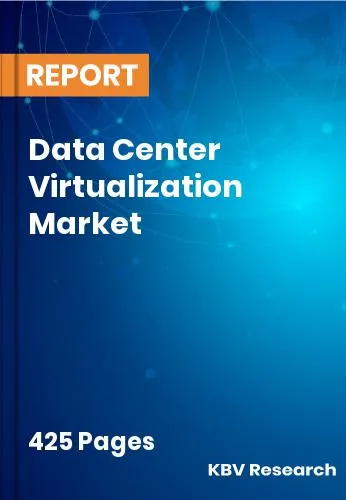
 Drivers
Drivers
 Restraints
Restraints
 Opportunities
Opportunities
 Challenges
Challenges
